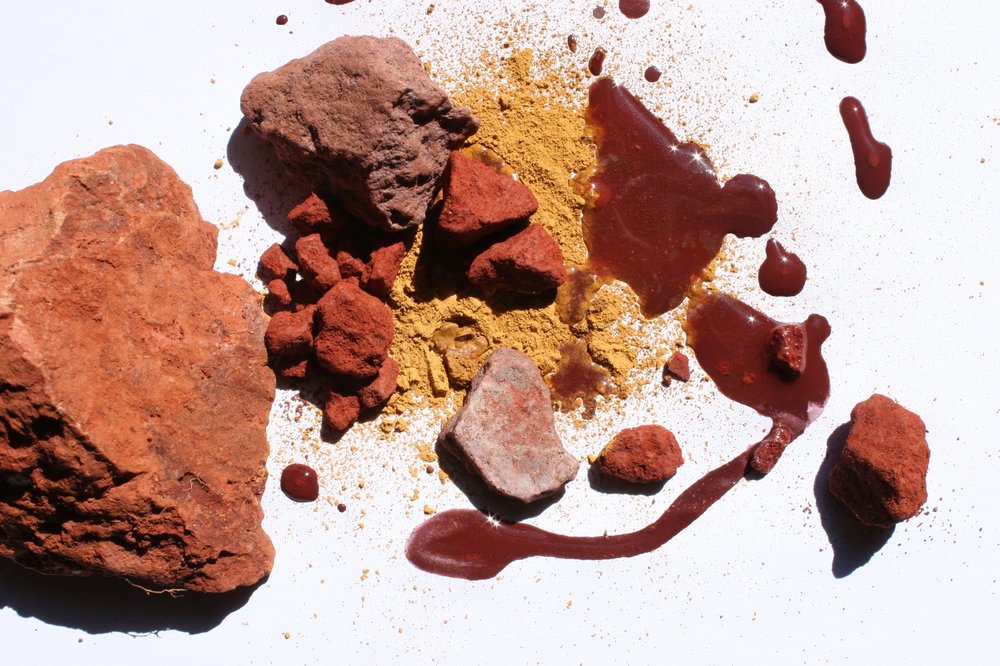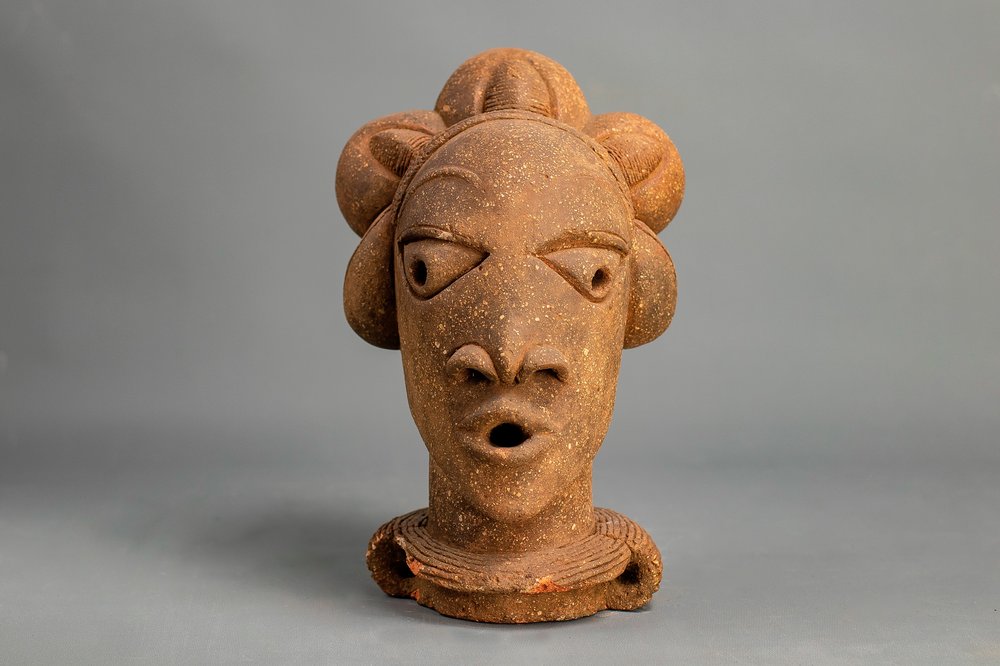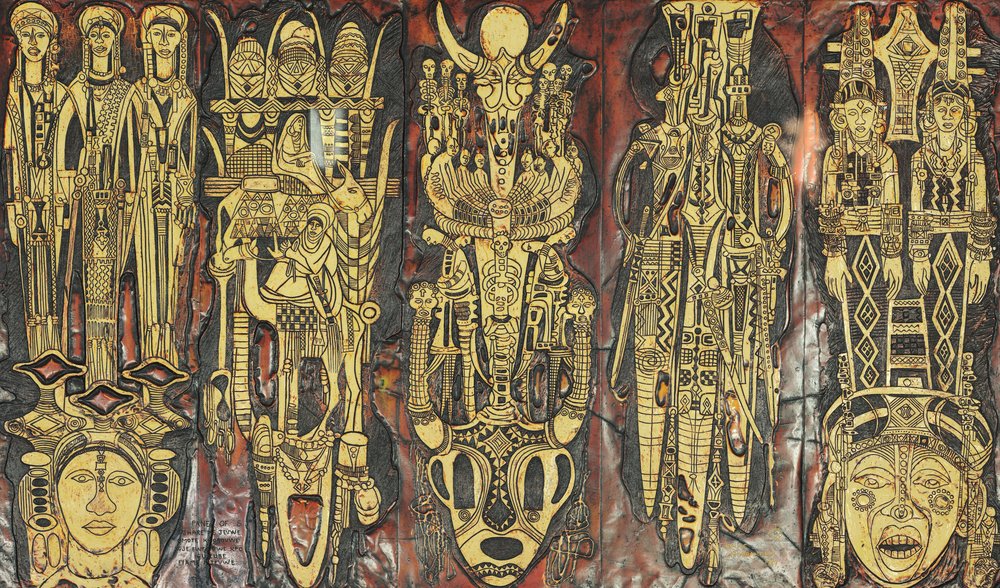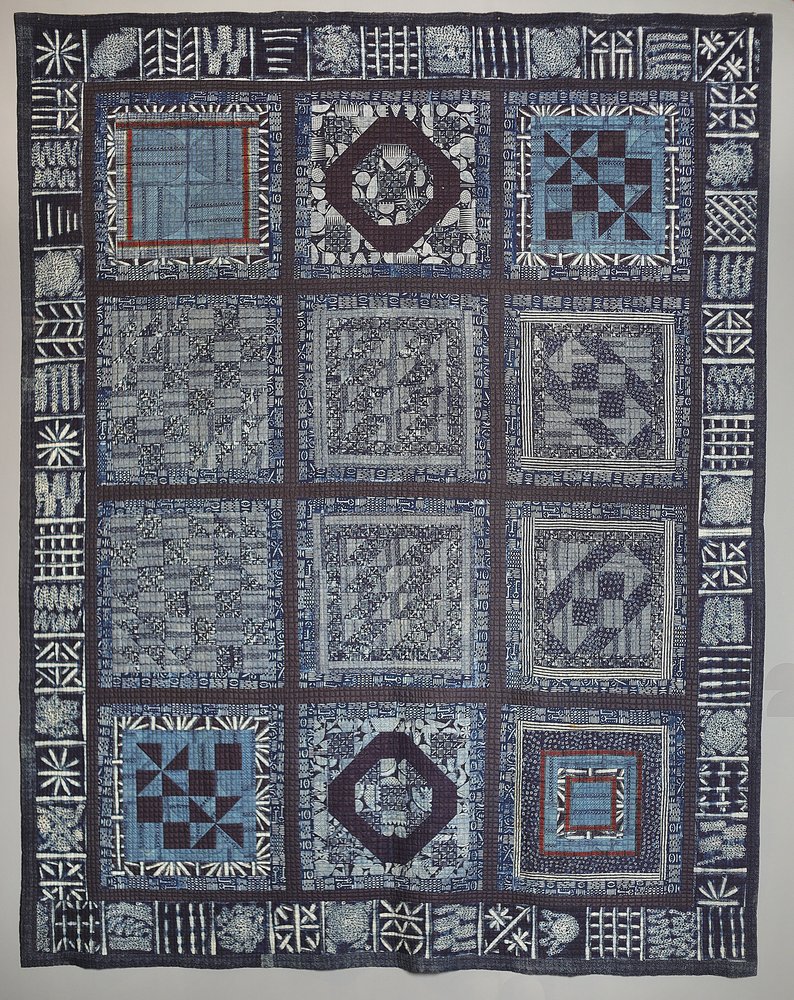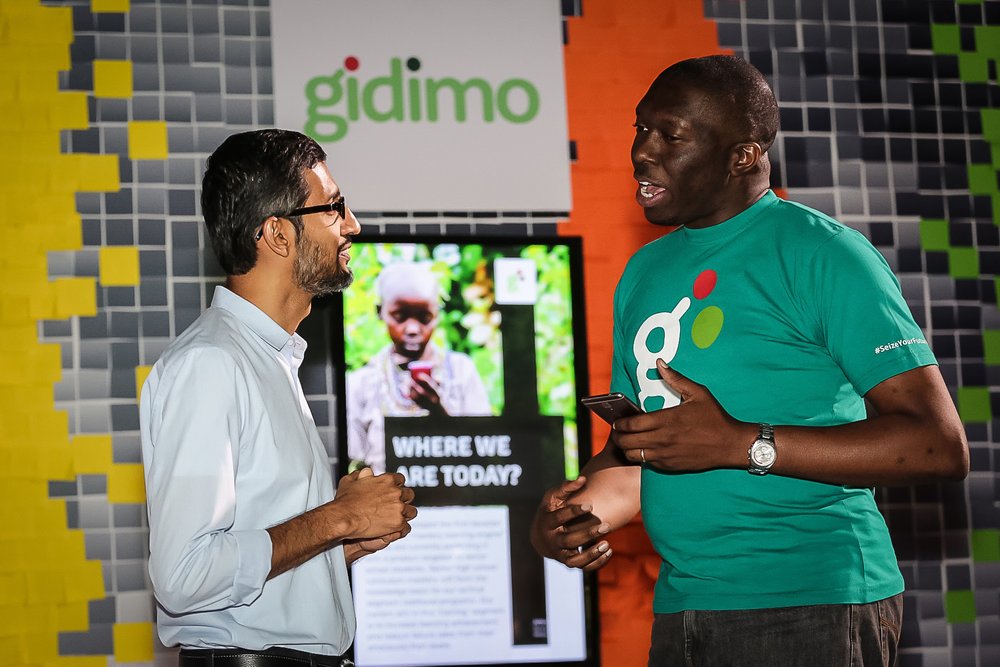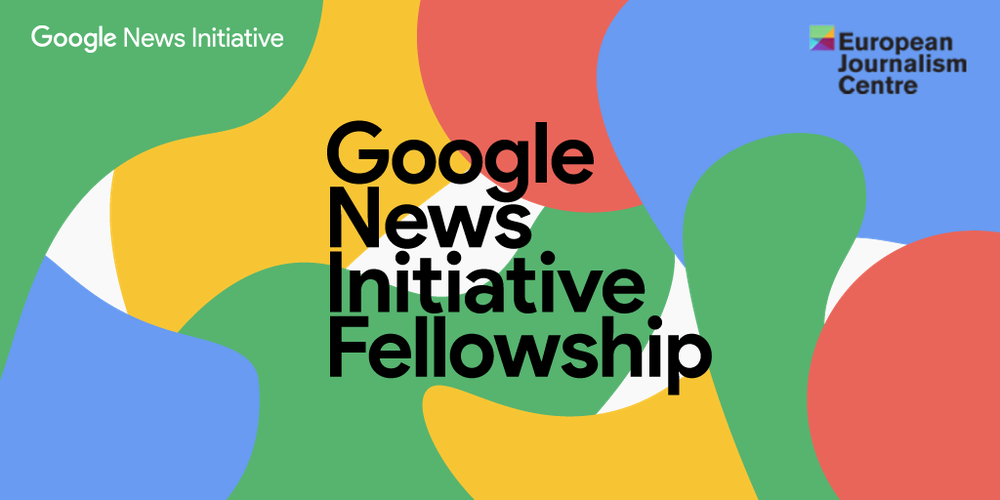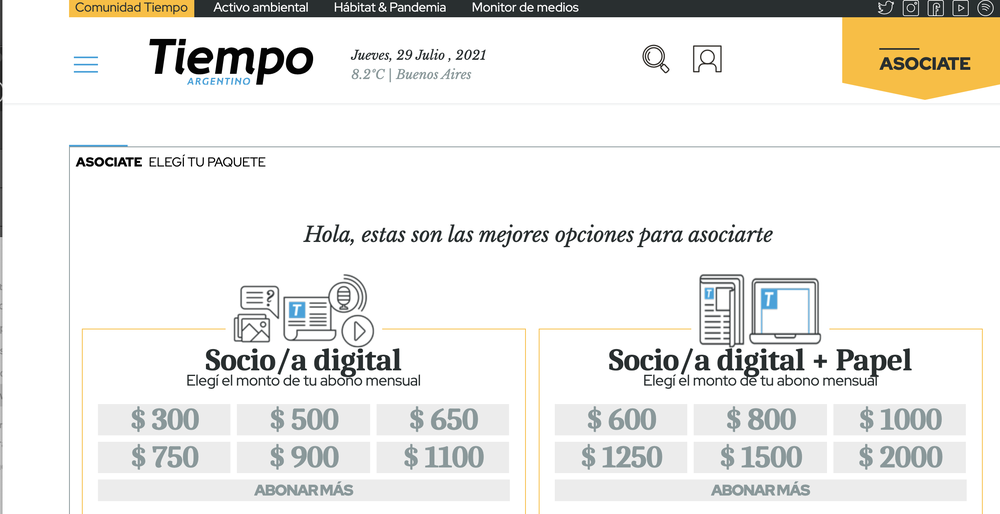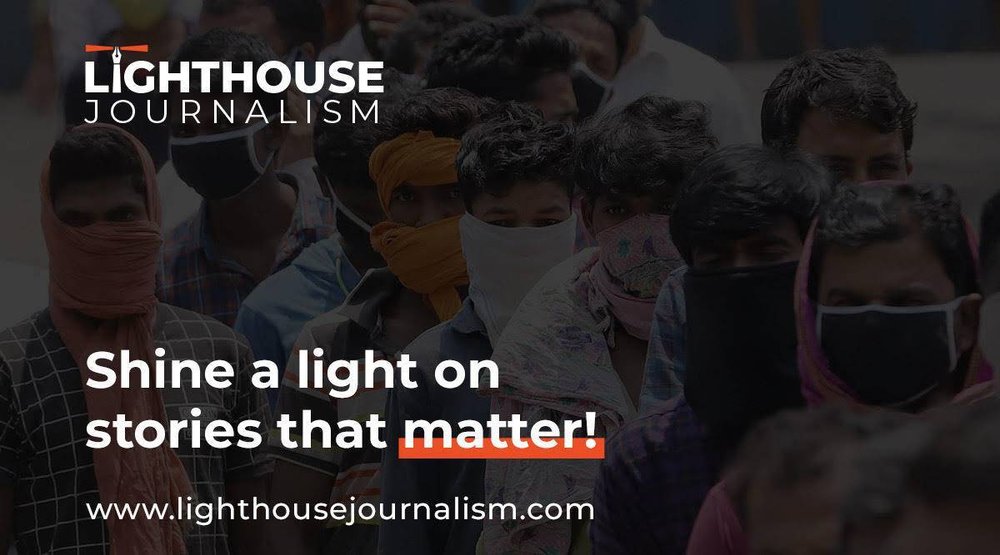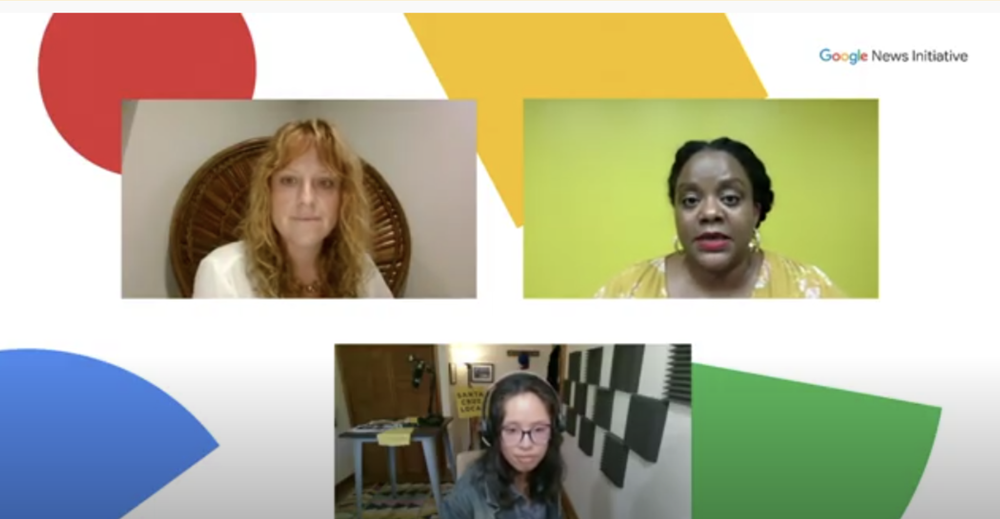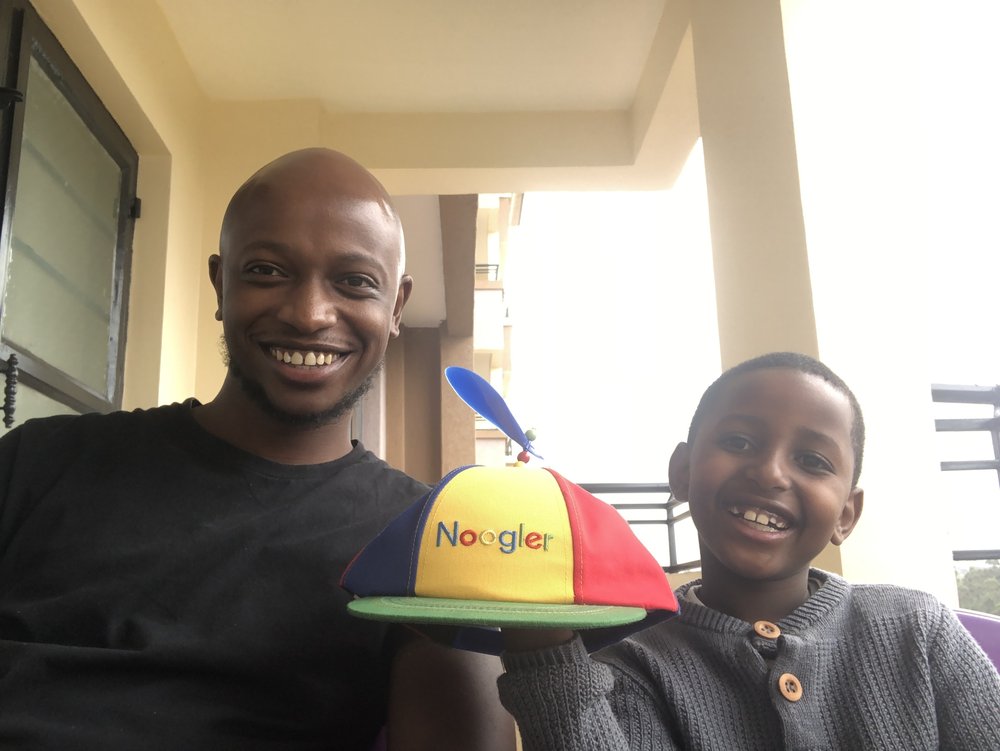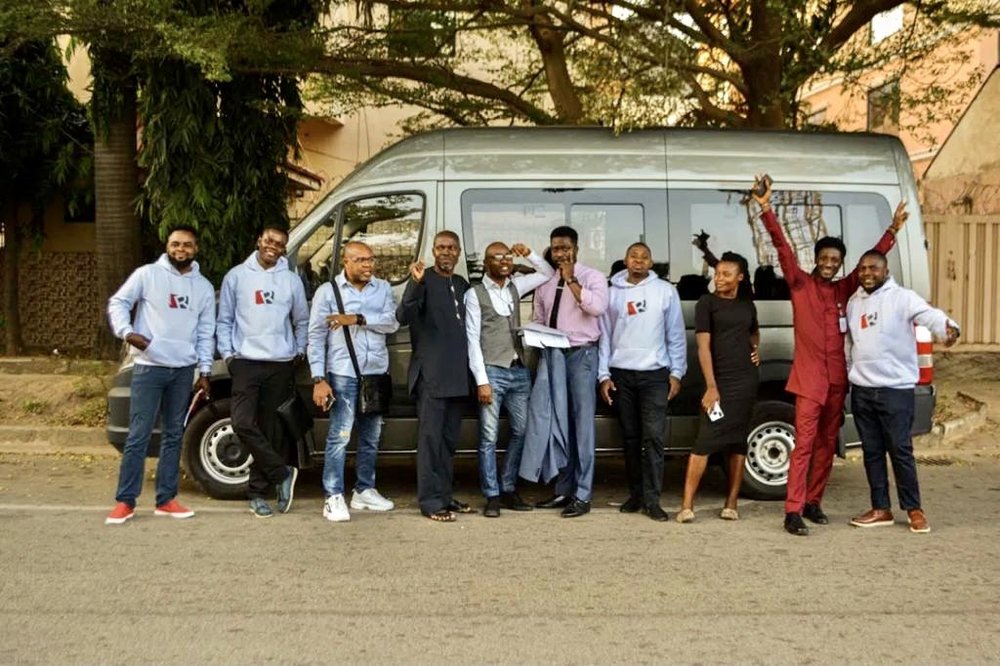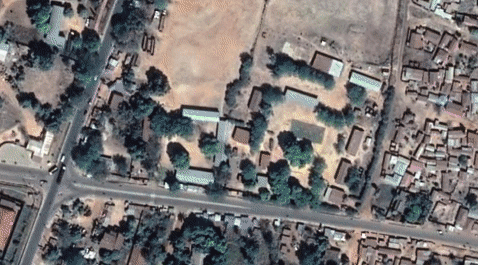This week, Kenya is celebrating Mashujaa Day, or National Heroes Day, when we honor people who have made great contributions to our nation and the world. A true son of Africa and one of our heroes is frontline photojournalist Mohamed ‘Mo’ Amin, who moved the world with his extraordinary work and dedication spanning four decades.
Today, I am honored to unveil the project Mo Amin: The Eye of Africa on Google Arts & Culture, which features over 6000 photographs, some of which have not been seen by the world before. It also features more than 50 stories, showcasing the key moments, places and people he documented. It has been created in collaboration with Mo’s son, Salim Amin, and the team at the Mohamed Amin Foundation.
Even though Mo was proud to call Kenya his home, his work, his impact and his reputation transcended national and cultural boundaries. He mobilized the conscience of mankind through his coverage of the squalor and death at a camp in Northern Ethiopia during the famine of 1984. Galvanized by the brutal reality so powerfully witnessed through Mo’s camera lens, governments, celebrities, humanitarians and everyday people all came together to raise money for the famine in one of the most spontaneous and widespread acts of giving the world has ever seen.
What many people might be less familiar with is that, more than anything else, Mo spent a lot of time documenting the beauty, wildlife, culture, people and leaders of his motherland. For more than a generation, Mo used his cameras to bring Africa’s most powerful stories into view.
Much like Africa, Mo was caught up in a tide of change from an early age. From humble roots in Eastleigh in Nairobi and Dar es Salaam in Tanzania, he was swept up both by the beauty of Africa’s people and natural heritage and by the turmoil of a continent locked in a wave of independence revolutions and power struggles. And like Africa, his professional journey is a catalogue of beauty and majesty, crisis and chaos, and a deep, resonant passion for documenting and protecting the best of the continent while moving fearlessly forward into an uncertain future.
In my early years, I grew up as part of Kenya’s first presidential family, under the towering shadows of my parents and the political landscape that was new post-independence Kenya. I remember the vintage figure of Mo in his multi-pocketed vest and with cameras slung on his neck as he just barely breached the frontline among a retinue of journalists while covering national events hosted by my late father, Mzee Jomo Kenyatta, who was Kenya’s first president. Later, like most of the world, I followed and became enthralled with Mo’s work as he pushed the frontiers of frontline and documentary journalism to bring us stories that touched, moved and inspired many. After Mo lost one of his arms while in the line of duty in Ethiopia in 1991, I was inspired by his fortitude and surprised by how quickly he went back to his duties. When the news broke of his tragic death in the crash of a hijacked Ethiopian Airlines plane five years later, our collective sense of loss as the family of humanity was deep and painful.
Later, I came to know Salim Amin, Mo’s son; we both share the experience of taking on the challenge of continuing in the footsteps of a towering father figure. Because of what we have in common, and also because Mo’s work included his coverage of some of my father’s occasions, I did feel a sense of kinship with Salim when he shared with me his book about some of his father’s finest work, “Kenya: Through My Father’s Eyes.” This book is both a valued part of my personal collection and among my gift items of choice to state and diplomatic visitors.
I like to remember Mo not just as a photojournalist, but also by the strength of his character and his passion for his work. There is something to be admired and emulated in the integrity of someone who strives to do their best not for reward but for the love of expressing all that he has to contribute to the human experience. I think that is Mo’s true legacy.
I congratulate Salim and his team at the Mohamed Amin Foundation for both the excellence of their own journalism and their generosity; the latest installment of Mo’s legacy is now being shared with the world through the Google Arts & Culture platform. Mo Amin: The Eye of Africa features both artistic and journalistic coverage of culture, conflict, political upheaval, wildlife, entertainment, historical observation, and an unparalleled visual chronicle of the daily life of people and places from around the world. For the first time, it includes a machine learning- powered experiment from the Google Arts & Culture Lab which provides an interactive visual chronicle of Mo’s work. This work and Mo’s legacy is at the very heart of Kenya’s heritage and indeed the heritage of humanity.
